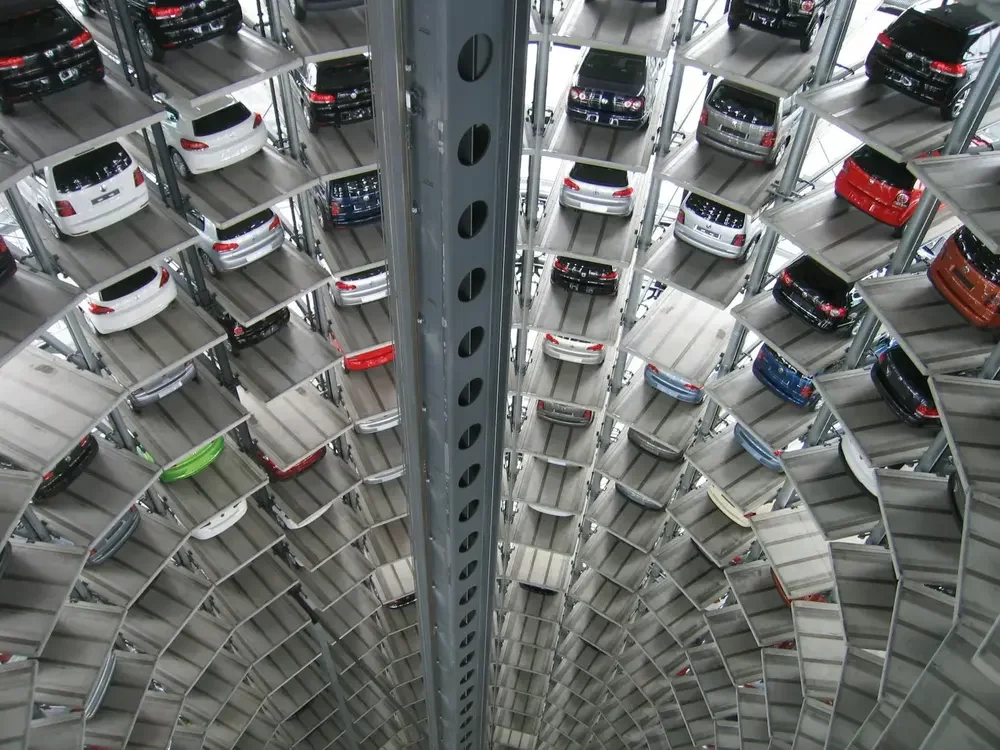When it comes to the evolution of technology, you can bet that cars are no exception and it’s gotten so revolutionary that we don’t even need people to drive them anymore. While these are still very new in the making right now, the two vehicles with the highest level of automation available to the public are GM’s Super Crusie and Tesla’s TSLA Full Self-Driving. These are all cars and models that only allow temporary systems to operate the car in certain conditions.
These conditions might include while you are on a motorway or to help you park in a busy city centre car park. These types of vehicles that offer any sort of self-driving option are equipped with multiple sensors around the car along with high-quality software and powerful processors, all of which are there to protect you and any other drivers around you. These three components have the potential to transform our roads and the way we commute completely and a huge part of that is removing human error and potentially reducing the risk of crashes by a staggering amount.
This is just a small insight into the ways that self-driving cars have and can revolutionise transportation as we know it.
Enhanced Safety
As we discussed briefly above, self-driving cars have the potential to remove a huge chunk of human error when it comes to driving. Accidents happen all the time, whether it’s on motorways, roundabouts or just as you are reversing to park. Self-driving cars are constantly alert and act as that second pair of eyes on the road, warning you of things that you might not have been able to see.
Sensors can provide a 360-degree view of your surroundings, preventing you from being a victim of a crash or bump from any angle. Not only would this give you more peace of mind on the road, but it also creates a lot of pressure from insurance companies to pay out.
Logistic Companies
This would completely transform the demand for drivers for large logistics companies. When it comes to transporting goods around the world, there is a demand for people, especially in the role of a truck driver and for good reason. The houses are long and monotonous and have led to quite a lot of crashes over the years, from falling asleep behind the wheel or general distractions.
This could make this job role a lot safer and tolerable for drivers who are spending hours on a motorway or going through country roads, plus it could help these drivers be more efficient on time scales, helping these companies turn higher profits and improve delivery services to a higher standard.
Improve Traffic Flow
As you might already be aware, there are ‘smart motorways’ that work with cameras and other software that look at traffic and tell drivers approaching to slow down. This would prevent any sudden slowdown and also stop people from stopping. Self-driving cars can communicate with each other, which enables them to maintain a consistent speed and optimise lane usage.
This could lead to smoother traffic flow, reducing congestion and travel times.
Increased Accessibility
Self-driving cars could provide mobility to those who cannot drive themselves. This puts a lot of pressure on them both financially, mentally and physically, but it also relieves a lot of pressure on those who usually drive around, whether it’s a family member or friend. Giving these individuals another channel of independence and quick access to live a comfortable life.
It also allows individuals who might have a fear of driving to add an extra bit of security. While this might encourage more cars on the road, which isn’t positive, it’s finding that balance between what is necessary and what isn’t.
Reshaping Cities
With fewer accidents and less congestion, it could completely reshape city life as we know it. For example, cities might be in need of a redesign that allows more space for cyclists, green spaces and other facilities to create a more environmentally friendly environment. While this might not be necessary for cities such as Amsterdam or Venice, there are still countless cities within the UK and America that would highly benefit from these factors.
Potential Challenges
With the benefits, there also come potential challenges to self-driving cars being introduced to the masses that could happen. Regulatory frameworks need to be developed to address any safety concerns and legal issues. It’s like we’ve had mobile phones for years but they can still glitch or just go offline for no reason, which shines a light on self-driving cars. The technology needs to go above and beyond to allow people to fully trust these advancements.
Additionally, ensuring these cars function effectively in all weather conditions and navigate complex driving scenarios requires further development.
Final Thoughts
Self-driving car technology has a bright future and amazing potential for those with disabilities, logistic companies, insurance companies and just improving the overall safety of everyone. With continued developments and room for improvement, we can only expect to see bigger and greater things that, at some point, are more accessible to everyone and not just those who are well off financially.
